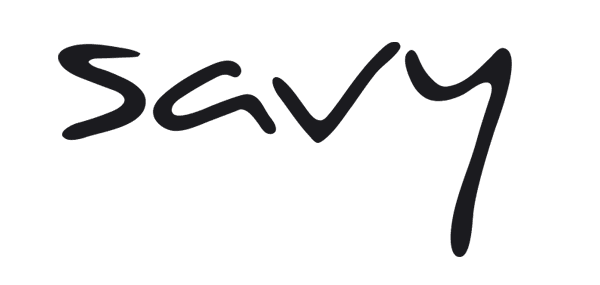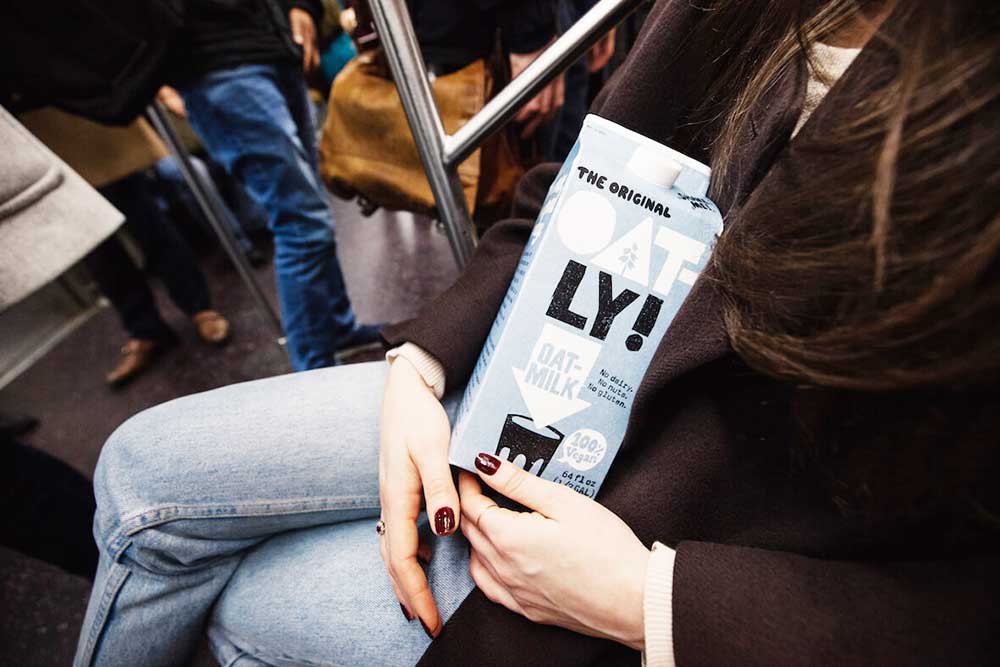Brands around the world are working to develop communication plans to respond to the Coronavirus, or COVID-19. As of this morning, schools across the country are temporally closing their doors while even more events announce their cancellations. Brands shouldn’t be going about their day to day with their heads in the sand nor should they launch marketing communications or campaigns that are either tone-deaf or fear-based. Here are five simple things your brand can do right now.
1. Create a communications plan
Look at your audiences’ needs. Who are the stakeholders that need information from your brand about how it’s responding to the Coronavirus, in addition to who needs it first and what do they need to know? Develop brand messaging and communications strategies for each audience and designate who is leading what. Think about what communications tools and mediums you’ll use, e.g., text, email, your website, etc., and the tone you’ll communicate in.
2. Create or revise your HR plan
Will any employees work from home, and if so, what processes need to be put in place? If some or all of your brand is working remotely, consider the channels that will require updating. For example, Google My Business hours are an often-forgotten information piece that many customers use to find your hours, directions, phone number, and more.
3. Communicate with your teams
Honest and truthful communication will help everyone. If an employee tests positive for the Coronavirus, tell the team members they have been in contact with while also respecting their privacy and needs.
4. Communicate with your customers
Your brand wouldn’t exist without its customers. So, communicating during challenges, especially when they may be impacted, is critical. Start with identifying concerns your customers may have and develop messaging that assures them your brand has done all it can to ensure consistent delivery of products and services and safety of yourselves and your customers. If there are any expected delays or changes, make sure you communicate those ahead of time.
5. Consider your supply chain and its production
Is your brand’s production capacity guaranteed? What activities have been initiated to prepare for sick employees? Is a temporary shutdown of production being considered since COVID-19 is now a pandemic? If so, what do you have to put in place to communicate delays, shortages, and more?
Some brands are more affected than others, and some are staying strong. Luxury markets, travel, big-boxers, and international supply chains are especially affected. Apple and Starbucks have had to close up overseas stores. Events like SXSW, concerts, sporting events, and even Mt. Everest have been shut down in the height of their season. Consumers are choosing to stay home (yes, they are overstocking on toilet paper), and people are avoiding gyms, malls, and anywhere where large groups gather. Schools are even beginning closures. But, not all categories are equally affected.
Here are five brand categories staying strong during Coronavirus fears and fallouts
1. Cleaning and protection products like sanitizers and masks
Cleaning products are holding strong. Aisles are empty, prices are increasing, spray sanitizers are up over 30% from last year, and gel sanitizers are up 54%. Lysol and Clorox are sharing ways on social media to keep homes and environments virus-free. In fact, the branded term “Lysol” has received 100,000 mentions since January and has seen a 750% increase in mentions daily. Although the U.S. Center for Disease Control has advised that most masks won’t keep people virus-free, mask sales are still selling like hotcakes, with sales of medical masks more than quadrupling and maintenance masks more than tripling.
2. Food delivery services like Instacart
As people stock up on necessary, and unnecessary items, food delivery services like Instacart and Uber’s Eats brand are seeing growth. Increased demand on sites like Amazon is bringing new users to brands like Instacart, especially while Amazon is seeing supply shortages and price gouging.
3. Non-perishable food like beans, corn, and oats
Recent studies are finding increases in typical non-perishable foods like beans, snacks, oats, and oat milk – which the creamy milk alternative topped hand sanitizer spikes, at over 50% increases. Oatly is using smart, relevant marketing to continue to communicate while also poking fun at stockpiling by showing rows of their quirkily-packaged milk stocked in US bedrooms.
4. Streaming entertainment and fitness like Netflix and Peloton
As we begin to see quarantines become real, we begin seeing more time spent at home. Now with Disneyland closing down this week, users can still stream Disney +, Apple TV Plus, and binge their favorite shows on Netflix. Netflix is calling for a ‘cocooning’ effect and expects to see new subscribers headed online. Along with this, health and fitness apps are on the rise, as are in-home fitness using brands like the uber-popular, Peloton.
5. Video conferencing like Zoom
With events moving online and more employees working from home, videoconferencing options like Zoom are becoming even more popular.
What do you think? How will the real and perceive scare around Coronavirus affect brands in the next few months? Stay healthy, ahead and well, Savy
By Christina Brown, a top 3% Google Partner and founder and Creative Director @ Savy Agency. Savy is an international digital marketing agency out of Bend, OR and Santa Barbara, CA.

